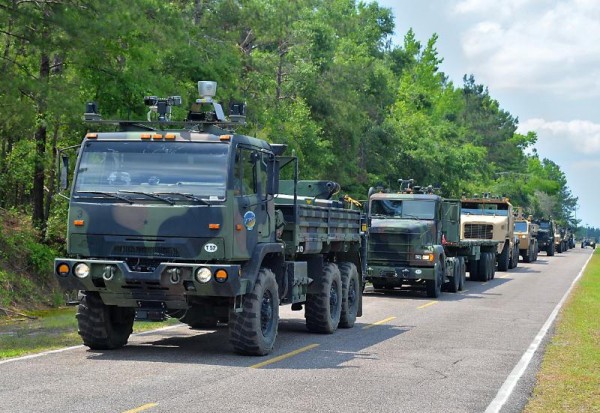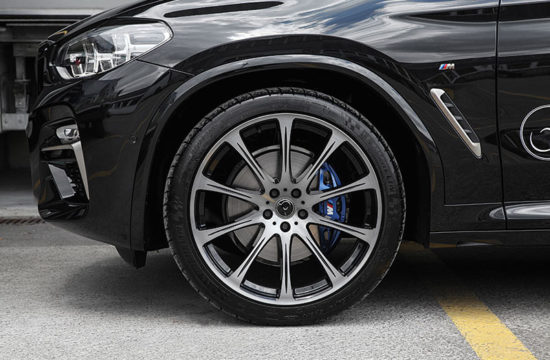What you see here may look like a scene from the Transformers movie, but it is in fact an Advanced Autonomous Convoy belonging to the U.S. Army. It consists of six trucks that follow a lead vehicle at 40 mph, all of them fully autonomous.
Parallel to civilian efforts focused on the development of autonomous vehicles, U.S. military is working on their own version of unmanned automobiles. The Military’s advanced is, naturally, a lot faster. After all, they have already mastered the Unmanned Aerial Vehicles.
Unmanned Ground Vehicles, though, are proving a bit more difficult, as there are obstacles on the ground that the vehicle has to negotiate, whereas in the air it has a lot more freedom of movement. Still, the U.S. Army Tank-Automotive Research, Development and Engineering Center (TARDEC) and its tech partner Lockheed Martin have achieved remarkable success in making these vehicles behave.
They just finished the Autonomous Mobility Applique System (AMAS) Capabilities Advancement Demonstration (CAD-2) tests at the Department of Energy’s Savannah River Site in South Carolina with complete success. The vehicles involved in the Advanced Autonomous Convoy included one Family of Medium Tactical Vehicles (FMTV) truck, one Medium Tactical Vehicle Replacement (MTVR) vehicle, two Palletized Load System trucks, two M915 Line-Haul Tractors and one Heavy Equipment Transport.
The cool thing about the army’s Autonomous Mobility Applique System (AMAS) is that it is modular. The system’s high-performance LIDAR sensor, and additional algorithms, is installed as a kit and can be used on virtually any military vehicle. A similar approach can lower the cost of production for civilian autonomous vehicles.
Via Lockheed Martin









